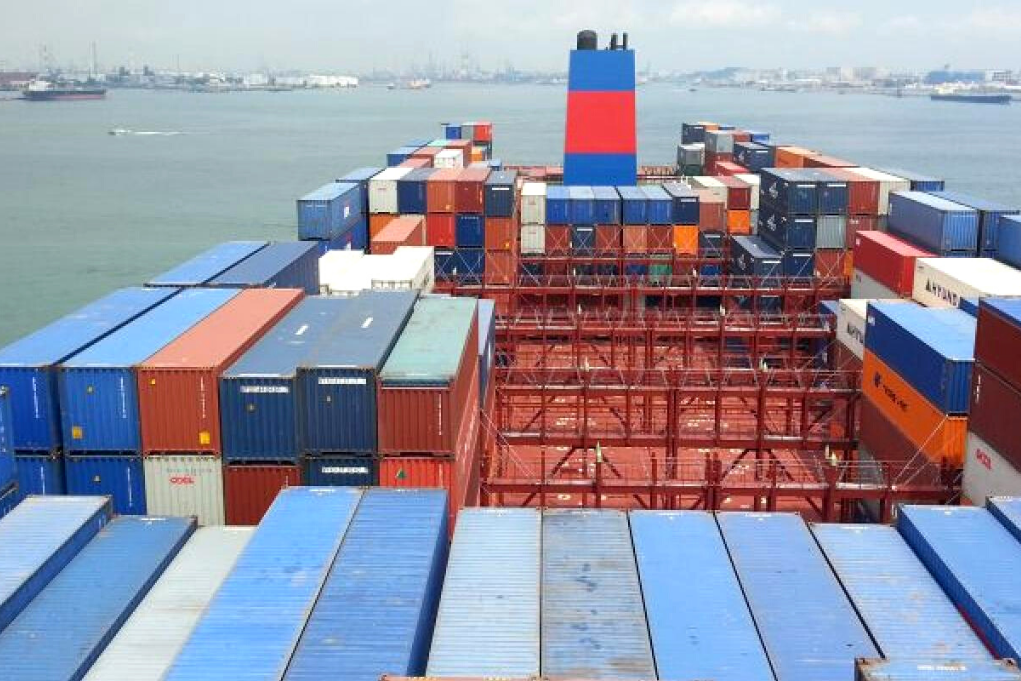
Between A Box And A Hard Place: A Summary Of The Global Container Shortage
Where have all the containers gone?
When the Covid-19 pandemic began last year, many countries implemented national lockdowns and ceased the production of goods, which ultimately stalled economic growth. As Asia showed signs of recovery, other countries were still faced with national restrictions, preventing containers from being sent back to Asia to fulfill trade agreements. The combination of lockdown regulations and staffing cuts coupled with record-breaking levels of cargo have inevitably created a massive backlog of containers. This has led to a global container shortage, which has driven up new container production levels and pricing significantly.

As with any crisis, there are several moving parts, external influences, and complexities to factor into any strategic moves forward. Here are four things you need to know about the global container shortage, and what to expect in the foreseeable future.
Why Is The Container Shortage Happening?
.png)
The global container shortage is the perfect storm of a decrease in container availability, paired with strong consumer demand and slower operations at ports. This has resulted in a situation where shipping demand severely outpaces container supply. Another factor to exacerbate the imbalance is that China, which recovered faster from the COVID-19 pandemic, ramped up its export economy and is paying large premiums for containers, making it more profitable to send containers back empty rather than refilling them. Shipping companies have also reduced the number of cargo ships being sent out, which has put a halt to the normal flow of imports and exports.
The Trickle-Down Effects
.png)
The lack of containers has an inevitable trickle-down effect along all supply chains, which has led to dramatic inflation in freight and container prices and increased delay times for companies.
This crisis has affected businesses across the spectrum in a variety of ways. For example, the transportation of mechanical engineering products, electronics, and computer equipment was minimally affected. However, other goods, such as textiles, have seen more severe consequences due to the delays and increases in shipping costs. The uptick in freight rates has led to the closure of many textile mills that already operate on small margins. Delivery delays can span several weeks, forcing many companies to negotiate price increases with buyers.
Mitigating The Shortage
.png)
Shipping giants like Maersk and Hapag-Lloyd have experienced huge hits from the global container shortage, forcing them to adapt their methods and tackle shipping setbacks. For example, Hapag-Lloyd increased container refilling and emptying times to 25% faster than usual to ensure optimal container use (Ship Technology). Other shipping lines have considered turning off reefer (refrigerated) containers, which allows dry goods like shoes, electronics, or textiles to be shipped to locations where reefers are in demand. Once these goods arrive at their respective location, the reefers can be emptied and switched back on to continue their journey. Carriers are also trying to reduce free time and detention periods, identifying efficiencies in their operations, asking customers to return empty containers sooner, creating a new booking system, and more.
Short-Term Outlook
.png)
Maersk, the largest container shipping line in the world, has been severely impacted by the container shortage, but believes that current container availability is slowly increasing. The industry at large hopes to see improvement in the months to come.
Thankfully, Secure-Rite has one of the largest inventories in Kelowna, Calgary, Penticton, Vernon, and Surrey. We have been working hard to buy back unused or unwanted containers to ensure our inventory levels are maintained. We have almost everything in stock, with more containers arriving every day and hundreds more on the way. At this time, the best way to get a container that will meet your needs is to come to our yard and hand-pick a unit from stock that will work for you.

